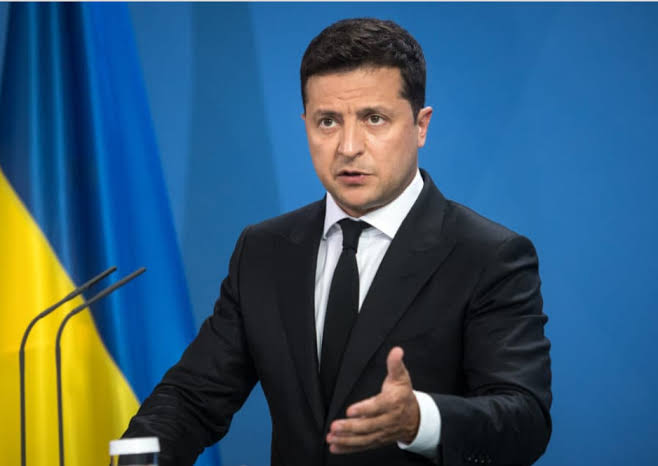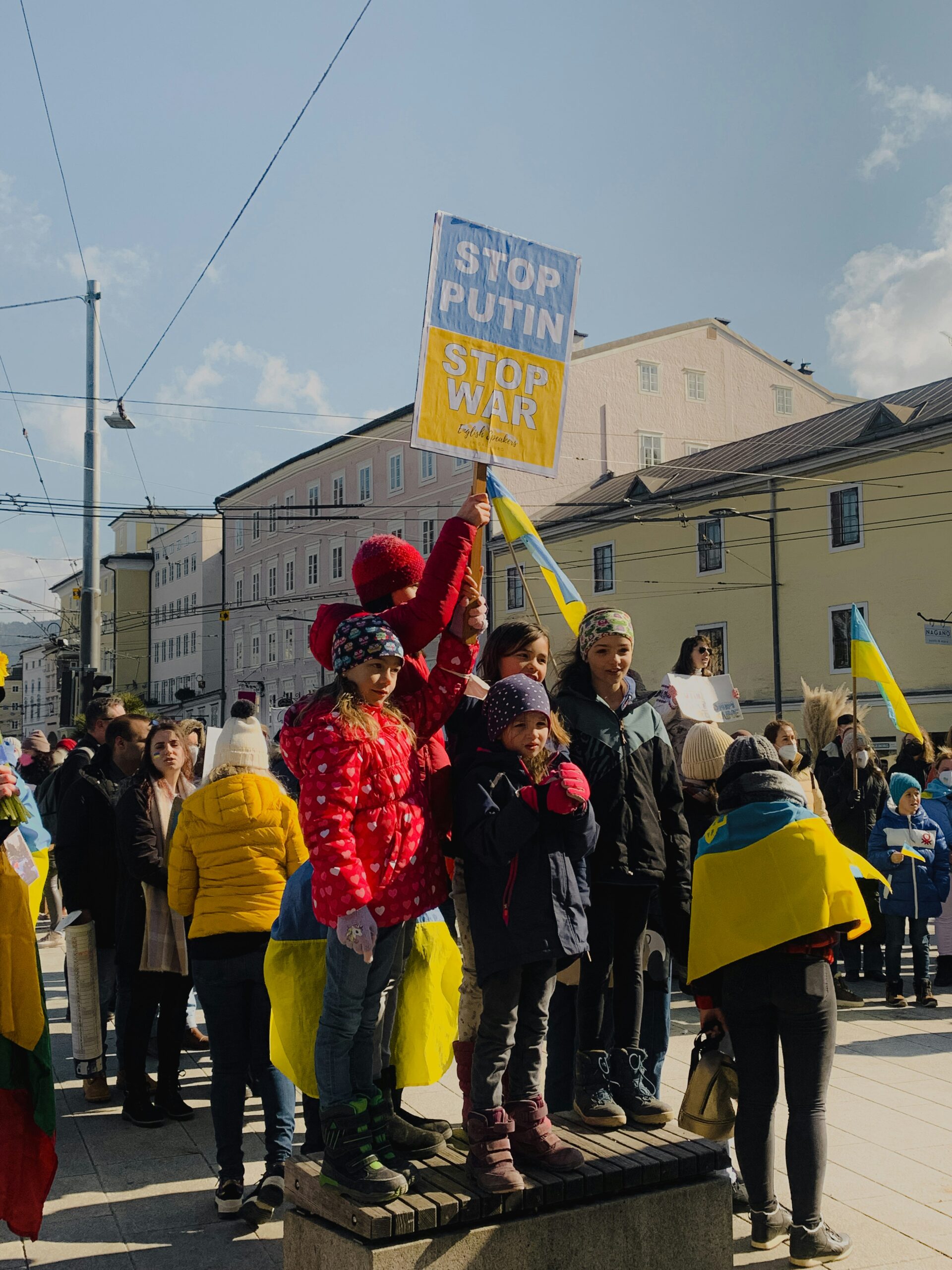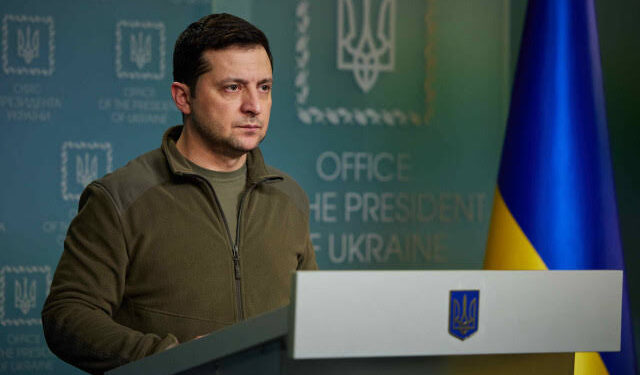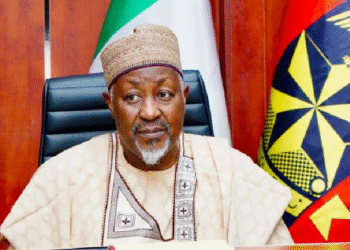At yet another gathering in Germany’s Ramstein U.S. Air Base, U.S. Defense Secretary Lloyd Austin dropped a truth bomb that’s hardly surprising, there’s no single “magic weapon” that can flip the war in Ukraine to Kyiv’s favor. This comes right after Ukrainian President Volodymyr Zelenskiy gave his familiar plea to Western allies, demanding more long-range missiles to strike deep into Russian territory. Austin wasn’t buying it.
For all the excitement about arming Ukraine, he reminded reporters that Russia has already moved its precious aircraft beyond the reach of U.S.-supplied ATACM missiles. So, no, Zelenskiy won’t be scoring any quick victories just because he gets a few more toys from the West.
The meeting saw the usual fanfare, announcements of more aid, more weapons, more security assistance. The U.S. proudly declared another $250 million in aid, and Germany promised to toss in 12 self-propelled howitzers. But, as Austin bluntly pointed out, even letting Ukraine hit Russia with Western weapons won’t magically end the war. It’s a big country, after all, and Ukraine, for all its bravery, can’t solve everything with a handful of missiles.
Zelenskiy, of course, won’t be told what to do. He boldly stated that hitting Russian targets inside their own borders is a necessity if Ukraine is ever going to force Moscow into any meaningful peace talks. Yet, for all his bravado, many Western nations are still hesitant to give him the green light to hit too deep into Russia, worried, of course, that Vladimir Putin will take it as a declaration of direct war between Russia and the West. But when has Putin needed a reason to overreact?

“Red Lines”? More like Red Flags
Let’s talk about these so-called “red lines” that Russia has tried to impose. Zelenskiy isn’t having it. “Russia’s attempts to draw red lines simply do not work,” he declared confidently. And he has a point. While the Kremlin huffs and puffs about consequences, Ukrainian forces have been striking more boldly, even launching a surprise offensive into Russia’s Kursk region. Sure, it’s risky business, but Zelenskiy knows that staying passive only helps Russia solidify its occupation.
Western nations are stuck between a rock and a hard place. On one hand, they want to support Ukraine and stand up to Putin’s aggression. On the other, no one really wants to poke the Russian bear too much, fearing an escalation that could draw NATO into a full-blown war. But as the African proverb goes, “When there is no enemy within, the enemies outside cannot harm you.” Perhaps Ukraine’s persistence will prove that internal strength can indeed repel external threats, no matter how daunting.

The Shadow of U.S. Politics
Now, let’s not forget the elephant in the room, U.S. politics. The upcoming November presidential election in America could be a big change for Ukraine. Vice President Kamala Harris, running as the Democratic candidate, has promised to stand firmly with Ukraine. But on the other side, you’ve got former President Donald Trump, who’s made no secret of his skepticism over the billions of dollars that the Biden administration has funneled into Ukraine’s war effort.
Trump has vowed to end the war quickly if he wins office, though his plan likely involves some uncomfortable concessions for Ukraine, including giving up territory to Russia. How that would play out remains anyone’s guess.
Back at Ramstein, Austin rattled off some staggering figures: more than 350,000 Russian troops have been killed or wounded, Ukrainian forces have sunk or destroyed 32 Russian Navy vessels, and Russia’s Black Sea Fleet has been pushed further east. Impressive? Sure. But does it end the war? Not even close.

The Reality Check
Yes, Ukraine has made significant gains, especially in its latest offensive in Kursk, where it claims to control over 1,300 square kilometers and 100 settlements.
But let’s not forget that Russia continues to bombard Ukrainian cities with missiles and drones. The truth is, despite all the aid and support from the West, Ukraine is still fighting an uphill battle. Zelenskiy admitted as much when he pointed out that Ukraine still lacks crucial air defense systems to fend off Russia’s relentless attacks.
The bitter reality? This war isn’t ending anytime soon. Western support might keep Ukraine in the fight, but as Austin said, there’s no “one capability” that will decide the outcome. This is going to be a long, grinding conflict with no clear winner in sight. The West might want to keep throwing money and weapons at Ukraine, but without a comprehensive strategy, it risks merely prolonging the inevitable: a war that drags on for years with more destruction and loss on both sides.
Zelenskiy may be right about one thing, though, if Ukraine doesn’t push back harder and strike deeper, Russia has no reason to come to the negotiating table. But with so many geopolitical factors at play, from U.S. elections to NATO’s cautious stance, Ukraine’s best hope might be to keep doing what it does best: survive, resist, and hope the tide eventually turns in its favour.

















